Soldering, wave soldering of the relay
The automated soldering process has to be controlled carefully in order not to impair the performance of the relays. Flux resistant and sealed relays can be used with most dip or wave soldering processes. The solder level has to be adjusted so that it does not flood the printed circuit board surface. The pre-soldered pins are suited for standard soldering processes with Pbsolder as well as for Pb-free solder processes.
Leadfree processing:
■ for processing of relays under leadfree conditions refer to the indicated 'resistance to soldering heat', exceeding the limit may have negative impact on relay parameters . We recommend that leadfree processes should be carried out using SnAgCu-solder. The solder bath temperature for i.e. double wave soldering should be in the range of 250 to 260°C.
■ the solder bath temperature should not exceed - 270°C for 10 s for flux-proof relay versions (RT II) - 260°C for 5 s for wash-tight and sealed relays (RT III and higher) .
■ for other bath temperatures and solder time (e .g . higher solder bath temperature with reduced dipping time) contact our technical support.
SnPb processing
■ for this process refer to maximum permissible temperatures at the terminals according to CECC 00802 . For SnPb Eutectic Process we recommend a maximum peak temperature Tp < 225°C. For Pb-free processing we recommend a maximum temperature Tp < 245°C. These soldering temperature profiles indicate the Pad/Pin temperature
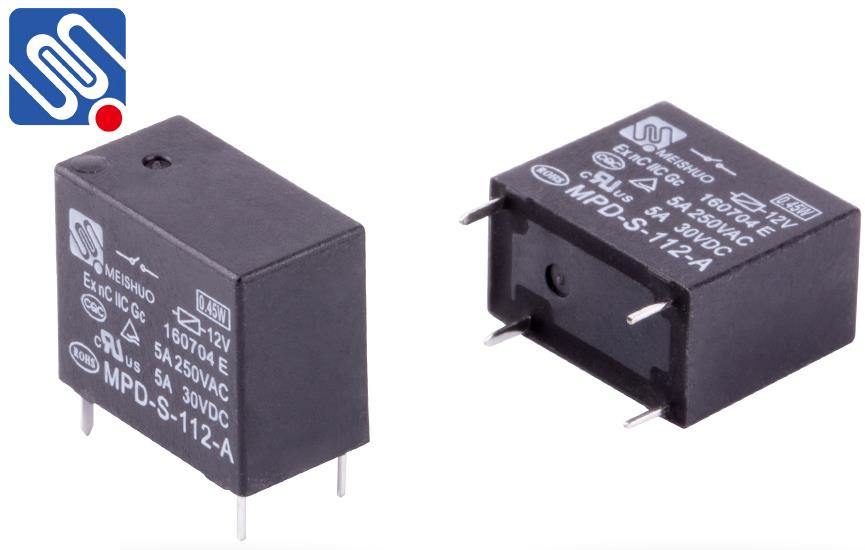

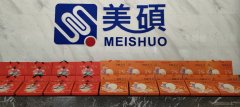

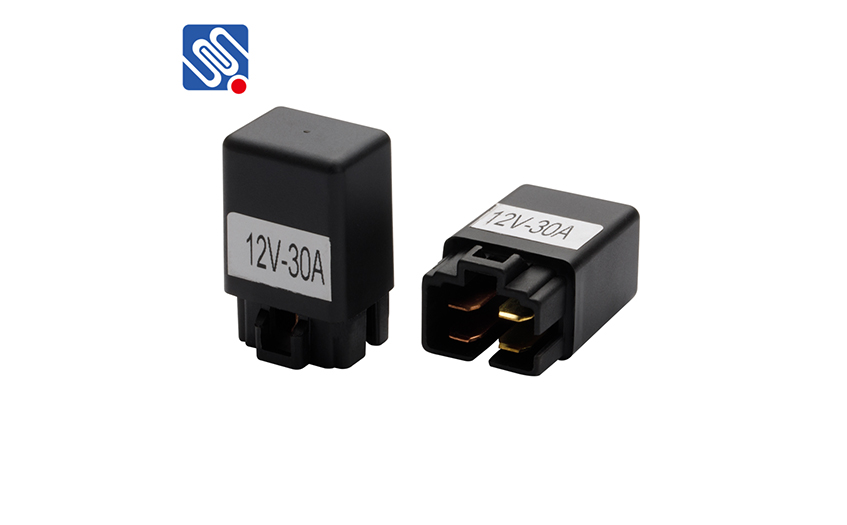
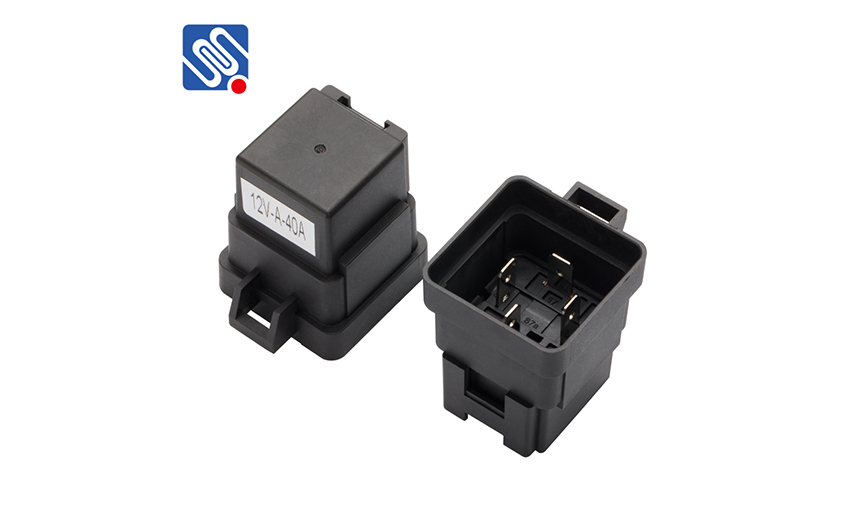
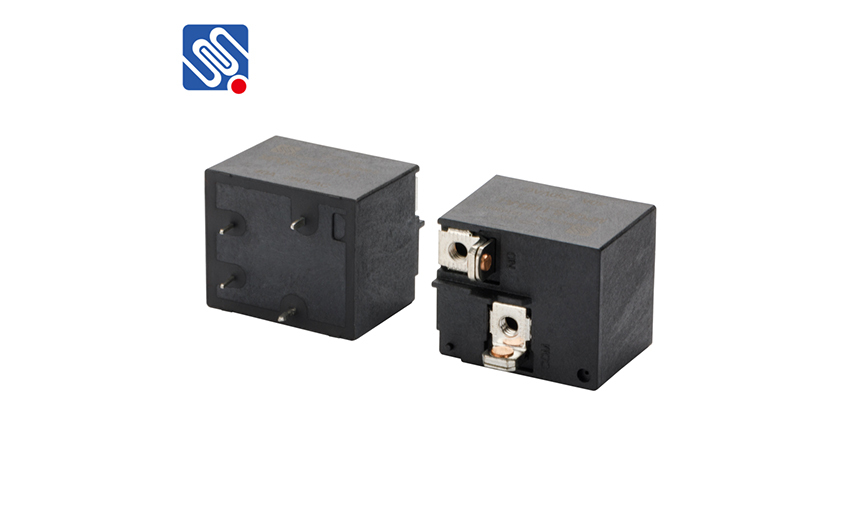
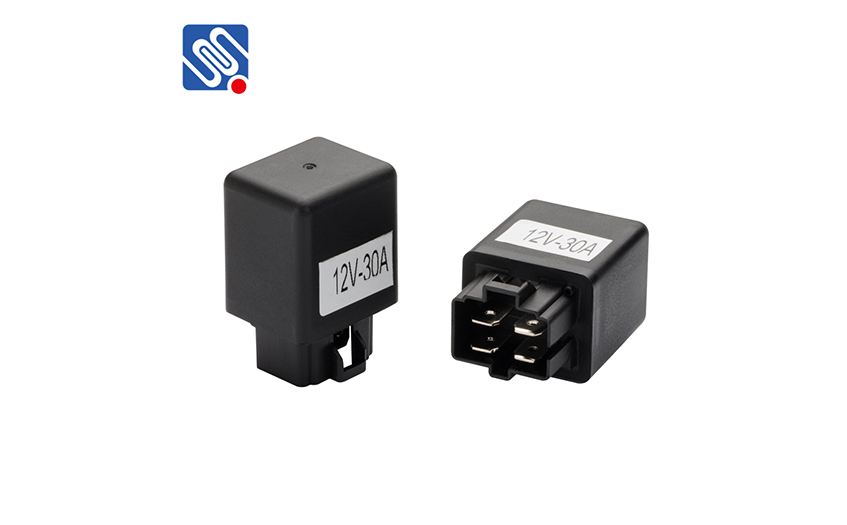
 selena
selena  sales@msrelay.com
sales@msrelay.com 13968707033
13968707033
 +86-577-62518811
+86-577-62518811





